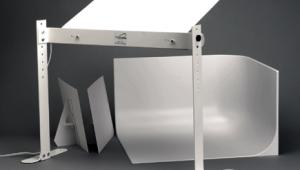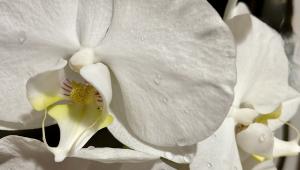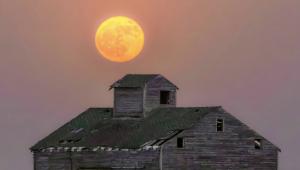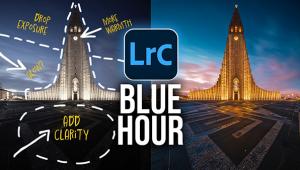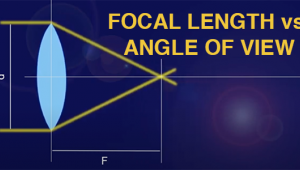Bogen Flies High On Wings Of Smithsonian
New Air And Space Museum Is Now Shown In The Right Light--For All To See
Well-grounded in the photo
biz as one of its premier suppliers of photo gear, New Jersey-based
Bogen Imaging Inc. (www.bogenimaging.us),
formerly Bogen Photo Corp., lent its support to--and you might
say, shed considerable light on--a project that is expected to
soar in the eyes of the American public. This project involves producing
a fully immersive record of the aircraft housed in the latest addition
to the Smithsonian Institution's National Air and Space Museum,
namely the Steven F. Udvar-Hazy Center. The Udvar-Hazy Center, which
opened its doors to the public on December 15, 2003, is located at Washington
Dulles International Airport in Northern Virginia. A few of us were
privileged to get an advance sneak peek. I, for one, left there with
a much greater appreciation for aviation history. |
|||
Bogen's involvement in
this project began months before. Dennis Biela (www.lightspeedmedia.biz
and www.wayaheadgroup.com)
and David Palermo (www.worldvr.com),
both with LightSpeed Media, were hired to document the new wing before
it was opened to the general public. These two had a daunting task in
front of them, made all the more so by limited government budgets. So
Bogen stepped in with a generous loan of equipment, adding to Nikon's
contribution to this endeavor. (We should add that they're using
Nikon D1X digital SLRs.) |
|||
Elinchrom And QuickTime
VR |
|||
Biela pointed out that when
shooting VR, "I have to think in 360Þ, not only about what's
in front of the camera. When we light, I have to light both sides at the
same time. I can't have the light and shadows shifting during the
shot. So it's important to get the lighting right. And it's
what's behind you that's always the killer, trying to get
the shot to look good when the camera's facing 180Þ away.
So hiding the lights also becomes a big thing." On The Lighter Side |
|||
10Þ Of Separation |
- Log in or register to post comments
















